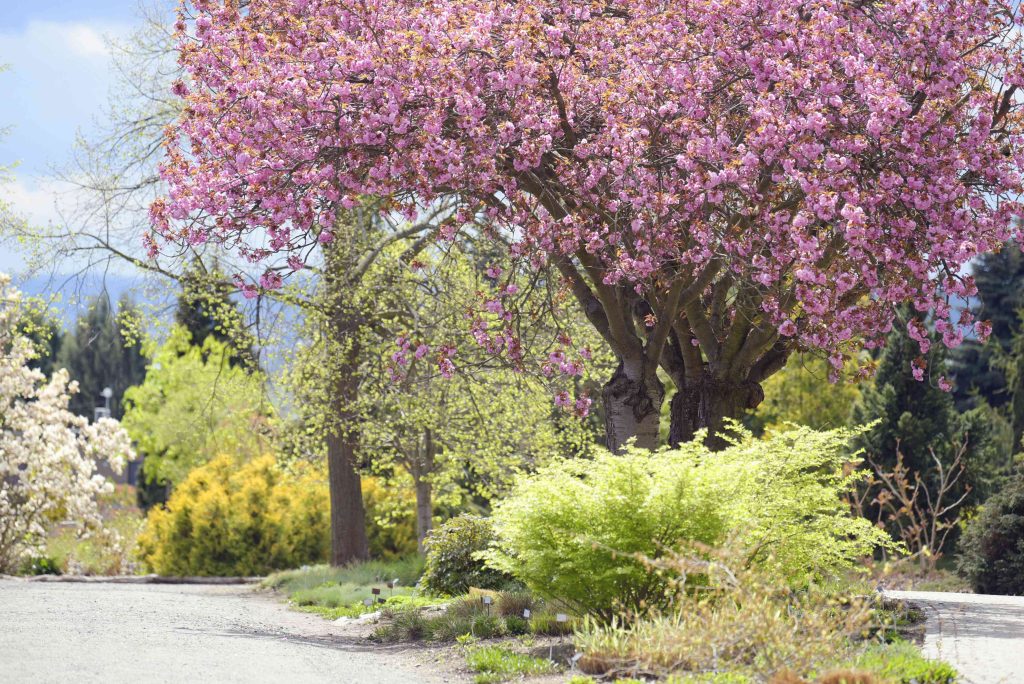
Specimen trees are a favorite instrument of landscape designers. Specimen trees are chosen for specific, unique traits and are often planted alone to act as a focal point. If your property doesn’t already feature a specimen tree, you should consider planting one. Chosen and placed wisely it could transform your entire landscape. If you’re wondering how to add a specimen tree to your landscaping, we’ve put together this guide for consideration.
Location
Getting the location of your specimen tree correct can be the difference between years of satisfaction and frustration. You’ll need to choose a spot that provides your tree with the correct combination of sunlight, drainage and soil chemistry. Also, consider the potential size of the tree’s canopy and root system. You don’t want these things creating havoc with your property several years down the road. Read up on your desired tree or ask advice from your local arborist to ensure a long and healthy relationship with your specimen tree.
Shape
Shape is often one of the primary considerations when choosing a specimen tree. You want a form that’s interesting enough to attract the eye. However, you should also be aware of the pruning needs to keep it in the desired shape. You also need to think about how the shape of your specimen tree works with other elements in your landscape.
Colour
When adding a specimen tree to your landscaping, think about how the colour will contrast with the other elements. Consider how the colour changes that occur over the seasons can provide different looks depending on the time of year. Trees that flower in the summer, change leaf colour in the fall or completely drop their leaves in the winter can be implemented to varying effect. Unique colours can also be very effective in making a specimen tree stand out.
Texture
Think about the textures on the various parts of the tree: bark, leaves, flowers, fruit and more. Smooth, soft and flowing textures will have a very different effect than rough, spiky or clumped consistencies. Contrasting and complementing the textures of the various parts of your specimen tree with the other elements in your landscape can radically change the sense of flow throughout.
